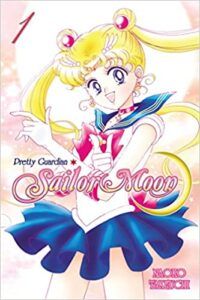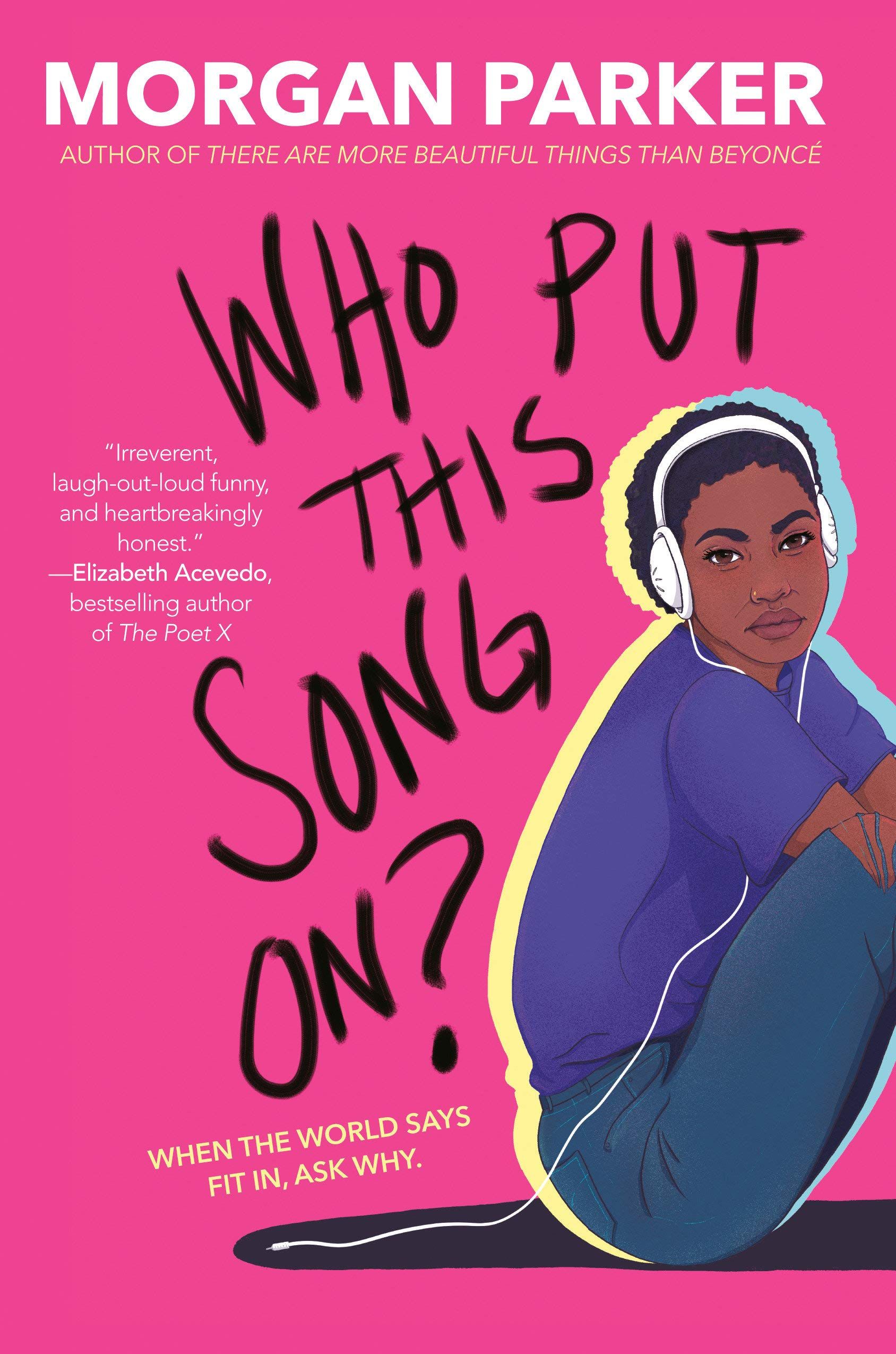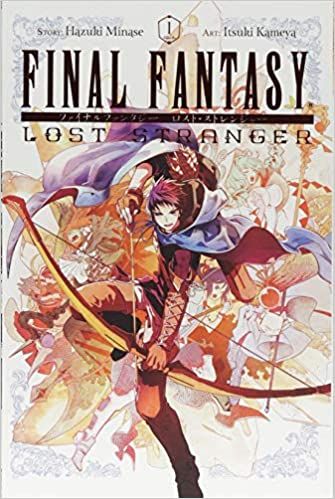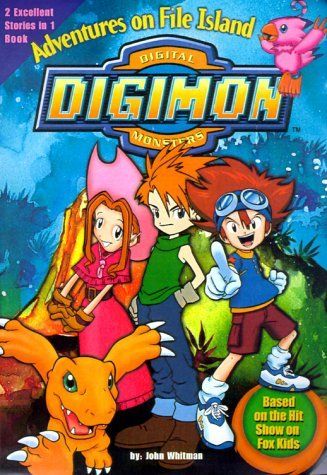How Nostalgia Has Crept Into My Reading Life
With 2023 moving full steam ahead now, it’s hit me that the early 2000s occurred a solid 20 years ago. The fact that there now exists a That ’90s Show in place of That ’70s Show feels like a surreal, out-of-body experience. How has the time sped by this fast? It’s like I’ve pressed the fast forward button on my family’s VCR and accidentally skipped further ahead in life then I intended, only to want to rewind back a bit.
Despite how much each generation likes to poke fun at Millennials — we are the generation of the Facebook “poke” feature, after all — we grew up in a truly unique era. We have straddled two distinct time periods: life before smartphones and the Cloud, and life after. We are the last generation to remember the way things were before this major technological shift. As I compare the days of my childhood to my life now, I find myself casting a glow of nostalgia over my ’90s and ’00s memories. Lately, I’ve noticed this nostalgia sneaking into my reading life too.
The “Good Old Days”
Growing up in the ’90s and ’00s, I remember calling friends with my landline home phone and asking their parents if I could speak with them. I saved my Microsoft Word docs on floppy disks to bring to school. My Discman CD player traveled with me everywhere, especially on school bus rides where I could really lean into the angst of The Pink Spiders and The All-American Rejects while making a heart out of fog on the window. I remember dreaming of a device that could play more than one artist at a time. Discovering the world of mix CDs in middle school was revolutionary and formative for me.
When it came to TV, online streaming was unheard of. If I missed an episode of Sailor Moon on Toonami, I was out of luck. I’d have to leave it up to fate and hope that it would air again someday on Cartoon Network, or I’d luck out and find a Sailor Moon movie to rent from Blockbuster.
Social media back then consisted of stressing over our Top 8 on MySpace and trying to figure out how to code theme songs onto our profile pages. For reference, mine was “Friends O’ Mine” by Bowling For Soup. Along with our Myspace woes, we were also debating what our AIM screen-names should be. I settled on SoccerPenguin243 for my first in a long series of questionable screen-names over the years.
Technology was so different for me growing up, and this shaped my world. We weren’t hyper-connected to each other back in the ’90s and ’00s the way we are now. Flash forward 20+ years, and this nostalgia has swallowed me whole.
My Nostalgic Reading Life
When did I first notice the nostalgia seeping into the books I’ve been reading? It may have been while in the thick of Morgan Parker’s poignant, powerful, and hilarious high school drama Who Put This Song On? when I realized that the protagonist Morgan was a junior in high school in 2008, the same year I’d been a junior. I felt her emo music tastes and ’00s fashion sense deeply in my soul.
Maybe it was during Angeline Boulley’s Firekeeper’s Daughter when Daunis uses her pre–smartphone era flip phone to type out texts. Around the same time I read that emotional mystery, I also got lost in the world of my favorite ’90s video game with Hazuki Minase’s manga Final Fantasy: Lost Stranger.
The nostalgia really took hold of me though when I began reading Gabrielle Zevin’s Tomorrow, and Tomorrow, and Tomorrow. Zevin paints an atmospheric, heartbreaking, and beautiful picture of the world of videos games during the ’90s and ’00s as seen through the eyes of two brilliant video game designers and best friends, Sam and Sadie. I grew up in a PlayStation family, and Zevin truly captures the awe and allure of video games back then. It’s one of those books that stays with you long after you finish reading it.
The Comfort in Nostalgia
So what’s so great about nostalgia anyways? Why do I seek out books that give me this bittersweet feeling? It hurts to think I can’t have those days anymore, yet they’re so sweet to remember. The times we live in, and the people we know, can change so quickly. In her 2005 YA novel Elsewhere, Zevin writes, “it’s difficult to ever go back to the same places or people. You turn away, even for a moment, and when you turn back around, everything’s changed.” We can’t stop these changes, but we can savor the fond memories.
I think what I love most about reading nostalgic books is the comfort I get from it. They remind me of the way things used to be. It was a simpler time back then. Technology was different, and my life was too. I was a kid, growing up in a home with three brothers. We got up to some epic adventures over the years. We board gamed, video gamed, movie marathoned, built forts, fought with each other, made up, and on it went. It was a happy time.
In Tomorrow, and Tomorrow, and Tomorrow, Zevin writes, “It is the same world, she thought, but I am different. Or is it a different world, but I am the same?” When we get nostalgic, are we the same as we once were, missing the way the world used to be? Or are we in the same world, but we’re the ones who are different now? Maybe it’s a little bit of both. Two things can be true, as they say.
As we step further into this new 2020s decade, I encourage you to submerge into some nostalgic reads. They’ve become a balm for my soul.
Looking Back, Looking Ahead
Despite how much I’ve been gazing back, I do find myself looking ahead, too. I’ve come to realize that we can miss the past while enjoying the present and feeling hopeful for the future. At the same time, we can also find ways to carry things we love about the past into our present.
About a month ago my son discovered an old Digimon kids’ book from my elementary school days, John Whitman’s Adventures on File Island. I spent the next week reading aloud chapters to him at bedtime until we finished it. Catching episodes of Digimon on TV in the mornings before school was everything to me back in the day. Now when I wake my son up for school, I play him a morning song, and he often requests the theme song from Digimon: The Movie. It feels like a long lost part of me has found its way home again.
Copyright
© Book Riot





